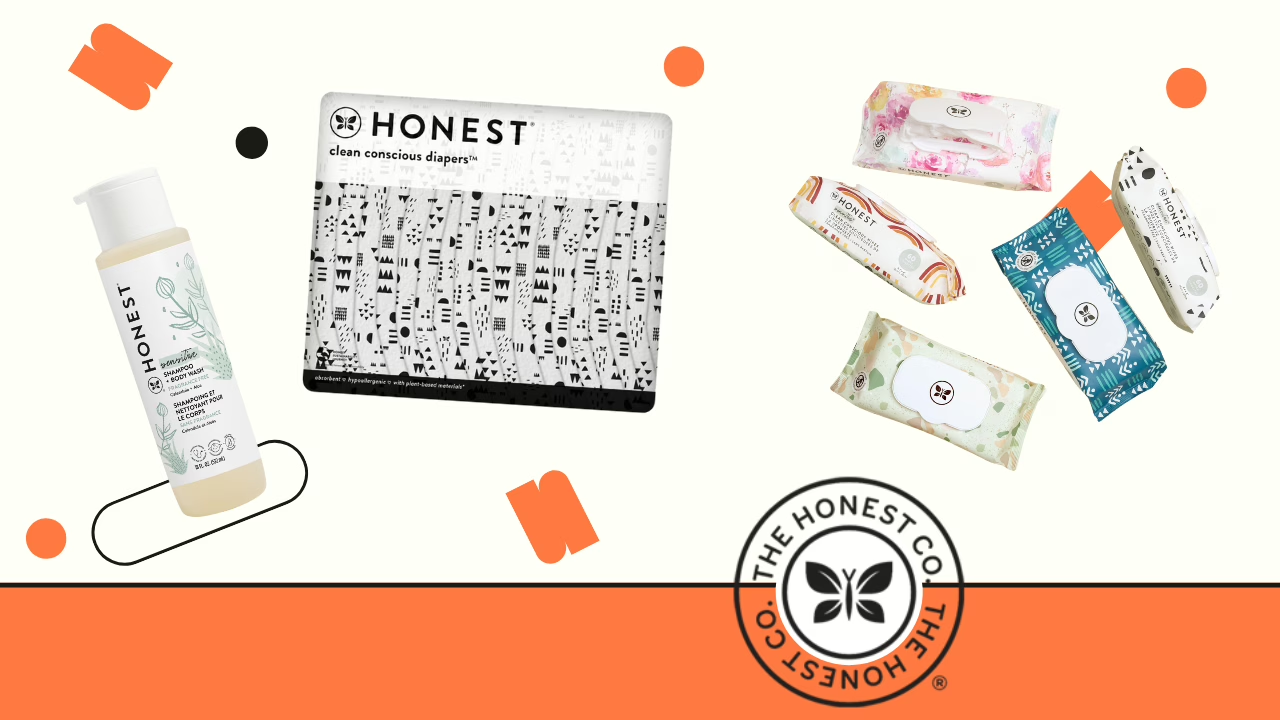A cash-secured put is a popular and relatively conservative options strategy primarily used by investors who are willing to buy a specific stock at a particular price and want to potentially generate income while waiting for that opportunity.
Core Concept:
A cash-secured put involves selling a put option and simultaneously setting aside enough cash in your brokerage account to cover the potential purchase of the underlying stock if the option buyer decides to exercise their right to sell you those shares at the agreed-upon strike price. The “cash-secured” aspect is crucial – you are not speculating on the price movement without the means to fulfill the obligation. Instead, you are essentially saying, “I’m interested in owning this stock at this price. While I wait, I’ll sell a put option at that price and earn some income (the premium).”
Components of a Cash-Secured Put:
-
Short Put (Sell to Open): You sell a put option on a stock you are interested in owning. This put option gives the buyer the right, but not the obligation, to sell you shares of that stock at a specific price (the strike price) on or before a specific date (the expiration date).
-
Cash Security: You must have sufficient cash in your brokerage account to purchase the total number of shares obligated by the put option contract if it is assigned. For one standard put option contract (representing 100 shares), you would need cash equal to (Strike Price x 100 shares). This cash is typically held in a non-interest-bearing money market account or remains as readily available cash within your brokerage account, depending on your broker’s policies.
How it Works (Mechanics):
Let’s illustrate with an example: Suppose you are interested in owning 100 shares of Stock ABC, which is currently trading at $52. You are comfortable buying it at $48.
- Action: You sell one contract of Stock ABC with a $48 strike price, expiring in one month, and receive a premium of $1.00 per share (or $100 for the contract).
- Cash Security: You must have $4800 ( $48 strike price x 100 shares) available in your brokerage account.
Possible Outcomes at Expiration:
-
Stock Price Above $48 (e.g., $50):
- The $48 put option expires worthless because it is out-of-the-money. The buyer has no incentive to sell you shares at $48 when they can sell them on the open market for $50.
- Your Profit: You keep the entire premium of $100.
- Your Obligation: You have no obligation to buy the shares.
- Your Next Steps: You can choose to sell another put option at the same or a different strike price and expiration date if you are still interested in potentially owning the stock at a specific price and generating more income.
-
Stock Price at $48:
- The $48 put option expires at-the-money. It might or might not be exercised depending on the buyer’s strategy and transaction costs. If it is exercised, you are obligated to buy the shares.
-
Stock Price Below $48 (e.g., $45):
- The $48 put option is in-the-money. The buyer has an incentive to exercise their right to sell you the shares at $48, which is higher than the current market price of $45.
- Your Obligation: You are obligated to buy 100 shares of Stock ABC at $48 per share, for a total cost of $4800. The cash you previously secured will be used for this purchase.
- Your Net Cost: While you paid $48 per share, remember you initially received a premium of $1.00 per share. Therefore, your effective net cost basis for the shares is $47 per share ($48 – $1).
- Your Next Steps: You now own the shares and can decide whether to hold them, sell them, or potentially sell call options against them (a strategy called a covered call) to generate further income.
Why Use a Cash-Secured Put?
- Generate Income: You earn a premium for selling the put option.
- Potential to Buy Stock at a Desired Price: It allows you to potentially acquire shares of a stock you like at a price you find attractive.
- Lower Entry Price (Potentially): If the put is assigned, the premium received effectively lowers your cost basis for the shares.
- Defined Risk (Limited to the Cash Secured): Your maximum potential loss is limited to the amount of cash you’ve secured minus the premium received (if the stock price goes to zero). However, this is a loss on the stock ownership, not the options strategy itself. The options strategy itself either profits the premium or leads to you buying the stock.
- Alternative to Limit Orders: It can be an alternative way to try and buy a stock at a specific price, with the added benefit of earning income while you wait.
Key Considerations and Risks:
- Opportunity Cost: The cash you secure is unavailable for other investments during the life of the option.
- Stock Price May Not Reach the Strike: The stock price might stay above the strike price, and the put will expire worthless. In this case, you only earn the premium, and you don’t get to buy the stock at your desired price.
- Stock Price Could Fall Further: If the put is assigned and you buy the stock, the price could continue to decline, leading to a loss on your stock holding.
- Early Assignment: Although less common for out-of-the-money puts, early assignment is possible, especially if there’s an upcoming dividend.
- Brokerage Requirements: Ensure your brokerage account allows options trading and that you understand their specific rules regarding cash-secured puts.
In Summary:
A cash-secured put is a strategy where you sell a put option on a stock you are willing to own at the strike price, backed by sufficient cash in your account to cover the purchase. It’s a way to generate income while waiting for a potential buying opportunity at a specific price. The profit is limited to the premium received if the stock price stays above the strike, and you are obligated to buy the shares at the strike price (with a net cost reduced by the premium) if the stock price falls below it. It’s a popular strategy for those with a neutral to slightly bullish outlook on a stock in the short term but are also comfortable owning it at the chosen strike price.




